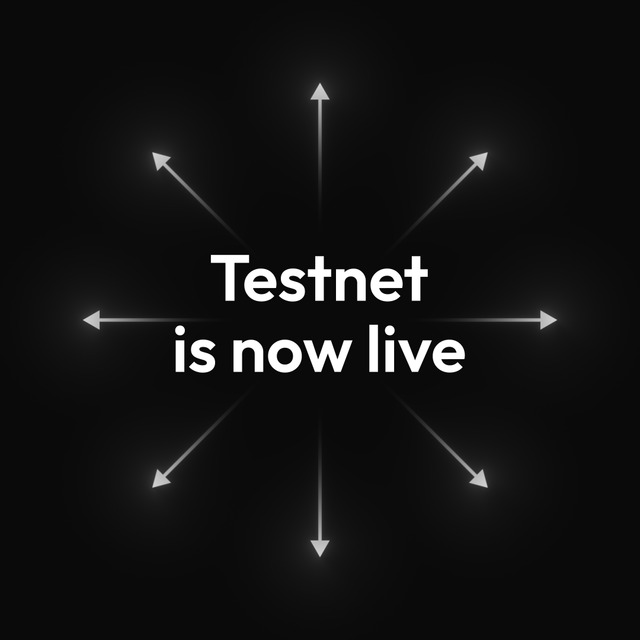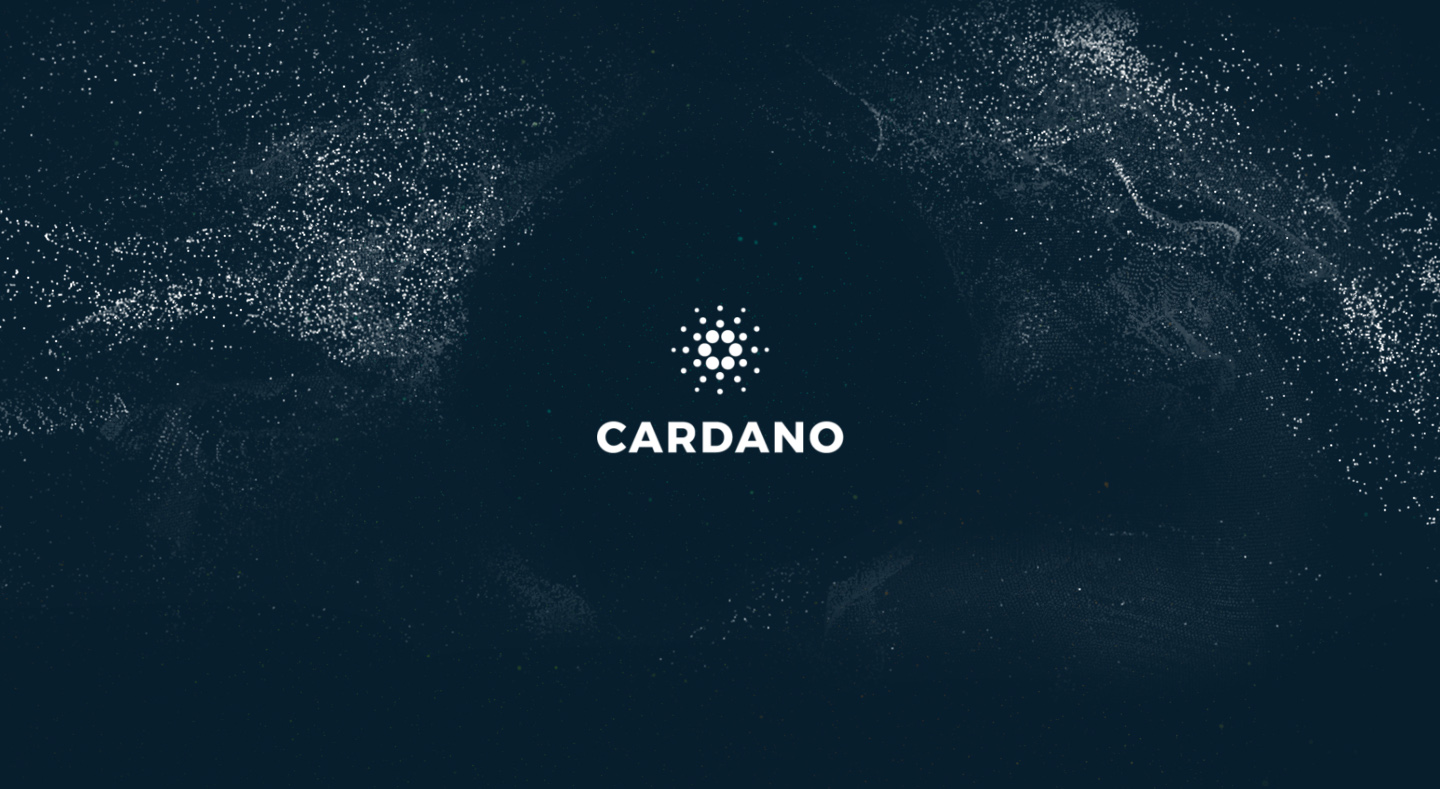The difference between centralised and decentralised exchanges
The cryptocurrency exchange is where supply and demand meet. A seller wants to find a buyer for his coins. If supply meets demand, trade occurs. Participants exchange coins or tokens with each other at a pre-agreed exchange rate. Most...

The cryptocurrency exchange is where supply and demand meet. A seller wants to find a buyer for his coins. If supply meets demand, trade occurs. Participants exchange coins or tokens with each other at a pre-agreed exchange rate. Most people understand the principles on which exchanges operate. But how is a centralised exchange (CEX) different from a decentralised one (DEX)? What are the benefits of decentralised exchanges for users? Cardano will allow third-party teams to build DEX, and there are already several of them operating in the ecosystem. Users should know how DEX should work to be better than CEX.
TLDR:
- CEX can misuse user deposits.
- The ability to misuse user deposits for other financial activities is a major cause of CEXs bankruptcy.
- When using DEX, no central authority should act as a custodian of your funds.
- DEX is only an automated service and whoever pays a fee can use it.
- CEXs go bankrupt and DEXs keep running.
How centralised exchanges work
Cryptocurrency exchanges profit by enabling trading between users. It may charge a modest fee for placing a deposit on the exchange, for executing a trade and for withdrawing the deposit. The exchange executes trades between users and does not necessarily need to buy or own assets. The business model is primarily based on charging for services.
Each user has their own account and assets on the exchange. The trade executed changes the balance on the seller's and buyer's accounts.
Once users send coins to the exchange, they lose control over them. The exchange is responsible for the coins and holds the private keys. Exchange staff can do whatever they want with the coins and users must trust that they are behaving honestly. Centralized exchanges are non-transparent. Users can never be sure if the exchange holds all users' deposits.
The exchange should not do anything else with users' deposits unless it receives consent to do so. Acceptance of the user terms and conditions may be required when registering with the exchange. In some jurisdictions, the operation of an exchange may be regulated by law.
Why are centralised exchanges going bust?
Centralized cryptocurrency exchanges have no reason to fail even in a bear market. A drop in the market value of the coins has no direct economic impact on the exchange, as the exchange merely holds the coins in users' accounts. The indirect economic impact is a reduction in user interest in trading. The profit of the exchange may decrease.
So why are cryptocurrency exchanges crashing in a bear market? There is a huge amount of capital in the exchanges. Capital is unused most of the time. It is very tempting for CEOs and management to misuse this capital and profit from it. The exchanges can start to behave like financial institutions. They can use some of the capital to invest in other cryptocurrency assets, use it in leveraged trades, or in DeFi protocols promising high yields.
Exchanges rely on the fact that they only need to hold, say, 10% of the capital. This should be enough to be able to allow users to withdraw deposits. However, if the markets unexpectedly fall below a level that the exchange's management had not counted on, they may lose a significant amount of capital.
Let's say users sent 10,000 BTC to the exchange. The exchange buys other cryptocurrencies for 4,000 BTC and locks 5,000 BTC in DeFi services. Alternatively, they can buy stablecoins for cryptocurrencies and buy cryptocurrencies again. They can do this over and over again. This position is very risky but it might be highly profitable. In a bull market, it works fine and management profits.
When a bear market comes and users decide to withdraw more than 1,000 BTC from the exchange, it starts to have a problem. They have to sell the cryptocurrencies they bought, but they may be worth less. BTC locked in DeFi is not available. The exchange turns out to be illiquid. The exchange is unable to return people's BTC, so it suspends deposit withdrawals. It may announce that this is only a temporary measure and that it will allow withdrawals within 24 hours. In the meantime, they are trying to raise capital elsewhere. Users get nervous and most of them want to withdraw BTC from the exchange as quickly as possible. They will make a bank run (in this case it would be more accurate to say exchange run). If the exchange fails to get capital elsewhere, it is forced to declare bankruptcy.
Let's review what the problem was. The exchange owners were free to handle user deposits as they saw fit, and they have no obligation to be transparent. They could use users' deposits for other financial activities without their permission. This is an exemplary abuse of power by a middleman.
Have users done something wrong? It's hard to blame them because if they decide to sell the coins or buy some other coins, they can only do it most efficiently through the exchange. They are therefore forced to take the risk associated with a third party.
Advantages of decentralised exchanges
In general, decentralisation eliminates the risks associated with a third party, in this case, the exchange.
Each DEX should be an open-source project so that community experts can verify that there are no critical vulnerabilities or backdoors. There can be a bug in any source code. However, auditing the source code and making it publicly available will allow bugs to be found and fixed. Users can be confident that DEX behaves exactly as declared.
Remember, when using DEX, no central authority should act as a custodian of your funds. It is always a good idea to do your research and know how exactly DEX works. Look for a DEX where the coins are held by a smart contract (Plutus script) and never by a third party. Then look or try to find out what states the smart contract can get into. Don't automatically believe that DEX is self-custodial (non-custodial) just because it says so on the website. Do not trust, first verify then use.
If you use DEX, but this can also be said of other DeFi services, you should keep the coins in your wallet. If it's not coins, it may be tokens that you get at a 1:1 ratio. Tokens allow you to withdraw coins back at any time.
The individual steps of smart contracts are done automatically. The DEX must be programmed to comply with the principles of decentralization, i.e. it must be unstoppable, censorship-resistant and it must not be possible to freeze an account or suspend a withdrawal. Again, verify that.
Users should know that the execution of a smart contract cannot be stopped, but it is important that the front end is available for interaction with DEX. If the team shuts down the server on which the front end is running, DEX keeps running, but most users are unable to do anything.
The functioning of the exchange is transparent as all transactions are available on the Cardano blockchain. Anyone can do an analysis of the on-chain data and publish the results.
DEX does not require KYC/AML and is much easier to use. No registration is required. No one has to authorize you to use DEX. Users just connect their Cardano wallet and start using it. In a short while, they can try out all the existing DEXs in the Cardano ecosystem. For people who value their privacy, DEX is the ideal solution.
Why do CEXs go bankrupt and DEXs keep running?
In the case of DEX, the teams have no control over the coins, so they cannot abuse them. In addition, the operation of DEX is completely transparent. This is a very significant difference compared to CEX. Someone cannot take tokens from DEX and use them for another purpose without the owners' consent. All interactions are peer-to-peer. The role of the intermediary is only a smart contract that performs the programmed functions. Just as the Cardano network inserts a transaction into the block if it is valid, DEX will swap the two tokens. From the user's perspective, only confirmation of the operation is requested through the private key.
DEX does not hold user deposits and it is not possible to make a bank run. The DEX is always liquid (up to its own volume) and no coins should be lost during its operation.
DEX is only an automated service and whoever pays a blockchain fee (and fee to the service) can use it. DEX can't go out of business because it is a bear market and there is less interest in using it. DEX keeps running. The team just has to make sure the front end is running, which may be the only cost of operating DEX. The team can expect some profit for which it is working on improvements.
The reliability of DEX is much greater than that of CEX. DEX is essentially free from the risks associated with poor judgment by individuals, abuse of power, or neglect of activity that may result in a hack. The biggest risk to DEX is a bug in the smart contract. The bug can be exploited by hackers, or the failure can cause a loss of coins. This risk can be eliminated by security auditing and time testing. If DEX operates for several years without problems, people will consider it reliable. This cannot be said of CEX. Once the CEO or management changes, it can pose a big risk. Even an employee of a centralized exchange can commit a hack.
Conclusion
We do not need to argue about the reliability of DEX and DeFi services. Just look at how many CeFi companies have gone bankrupt in the current bear market. No major DeFi service has gone bankrupt and is not in serious trouble. All the major DEXs, including those in the Cardano ecosystem, are still going strong.
Delegate Your Voting Power to FEED DRep in Cardano Governance.
DRep ID: drep12ukt4ctzmtf6l5rj76cddgf3dvuy0lfz7uky08jfvgr9ugaapz4 | We are driven to register as a DRep by our deep dedication to the Cardano ecosystem and our aspiration to take an active role in its development, ensuring that its progress stays true to the principles of decentralization, security, and community empowerment.DELEGATE VOTING POWER!








